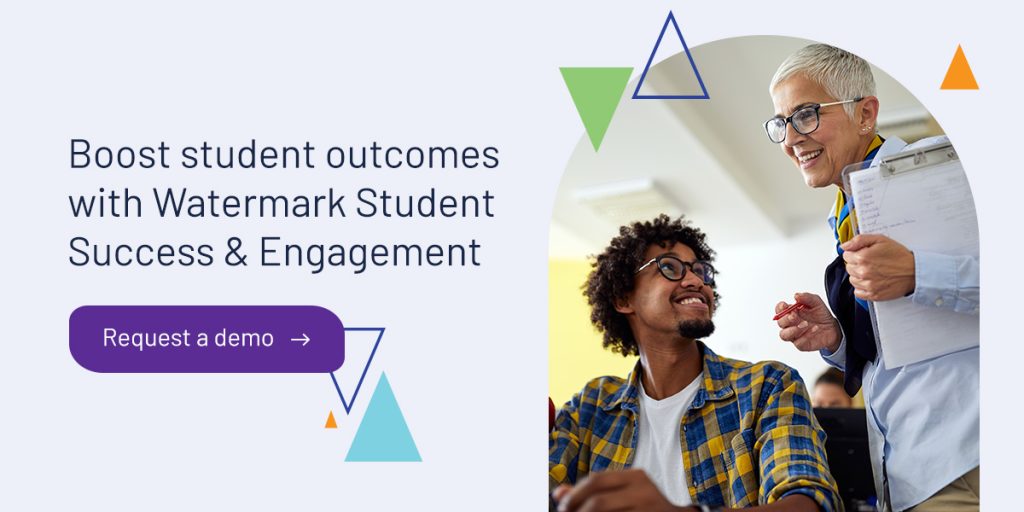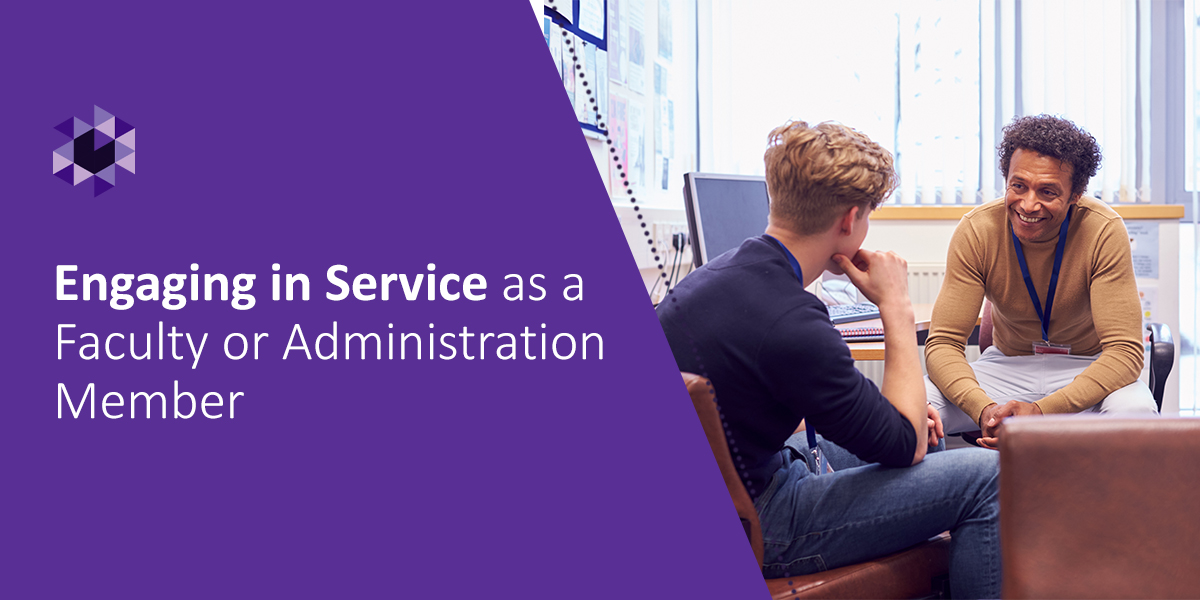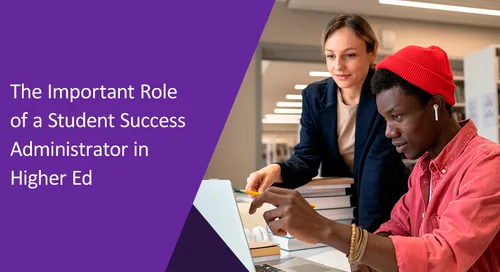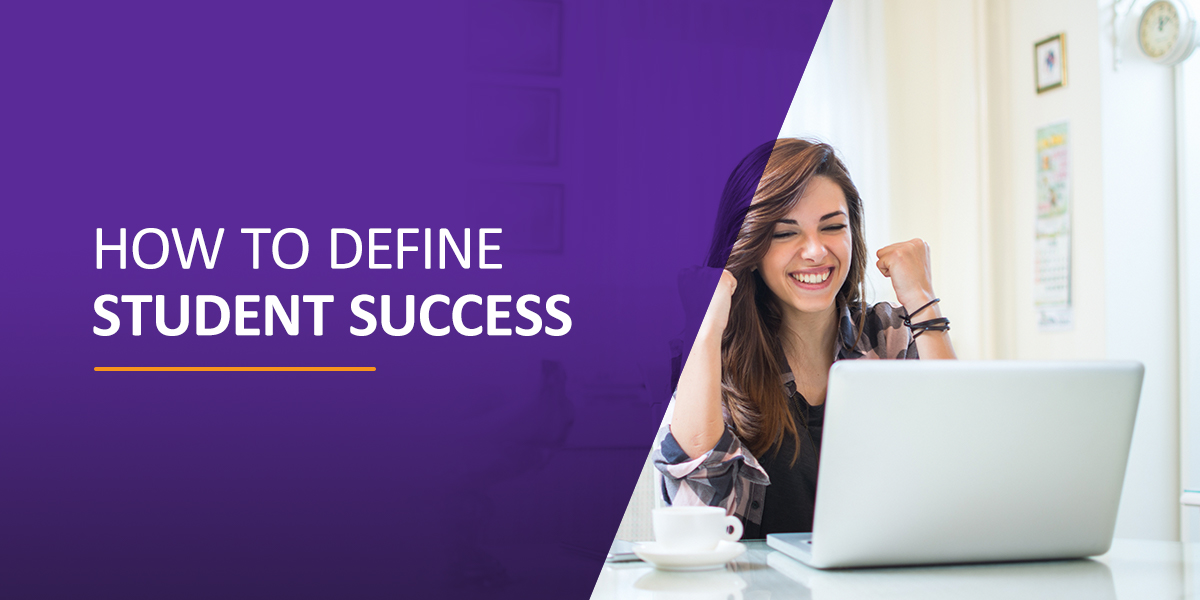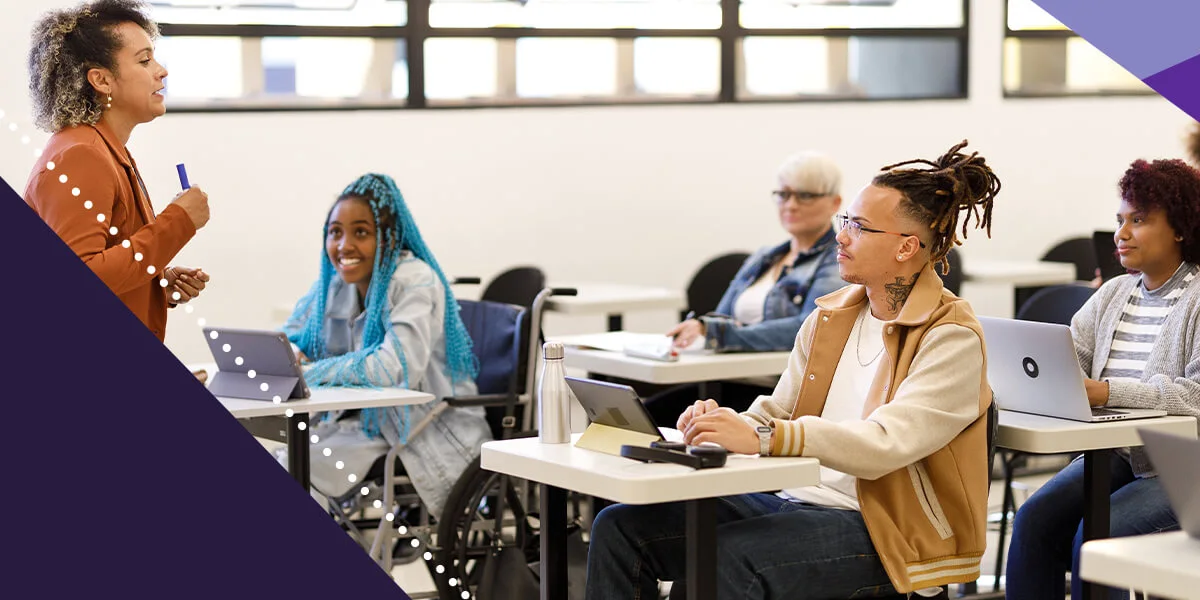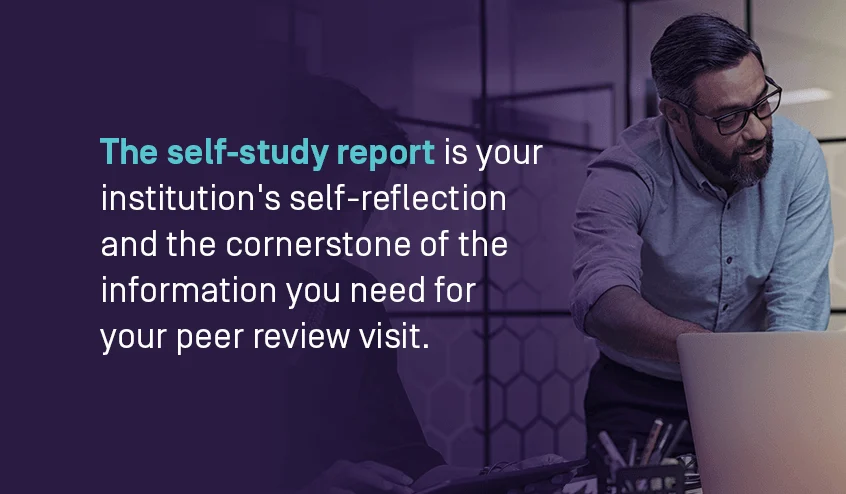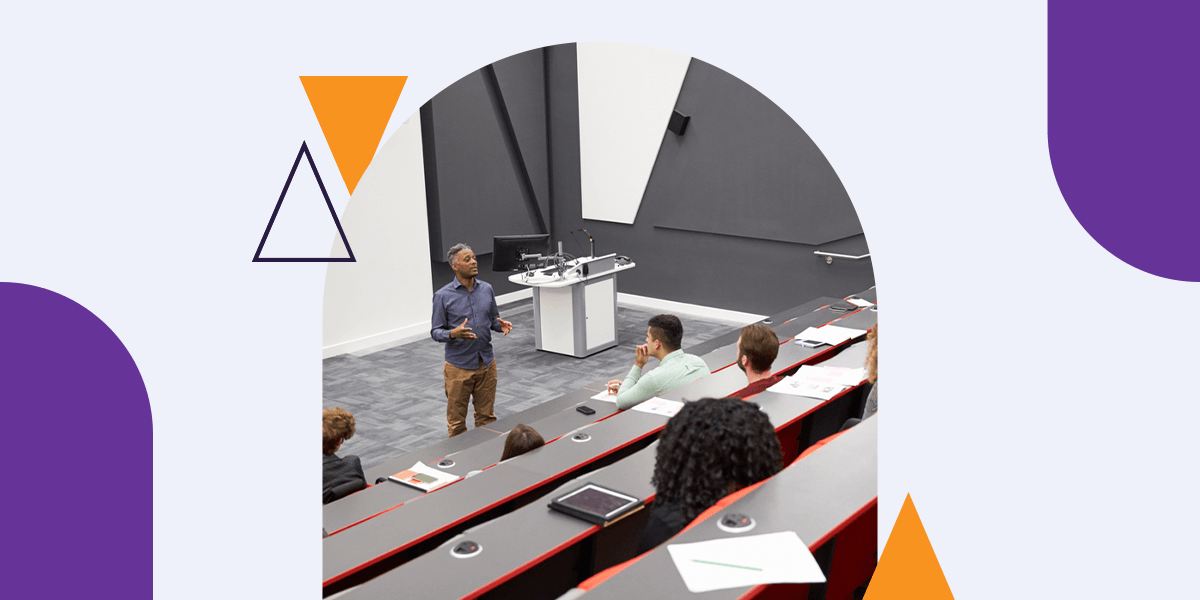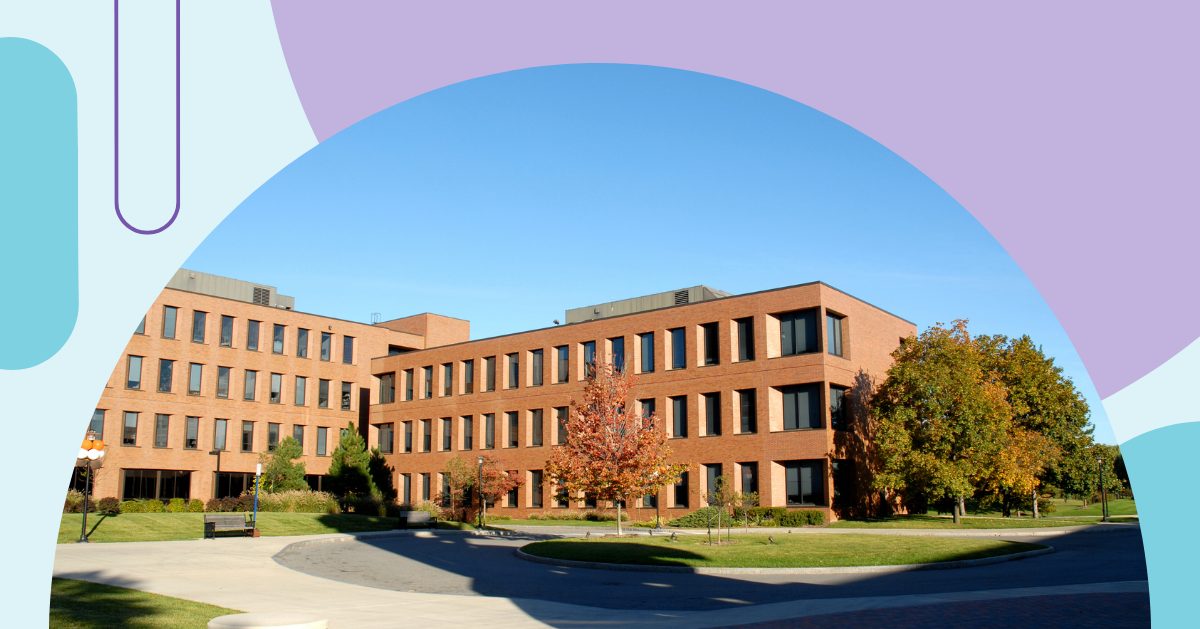
Higher education can be a confusing world for students in any year or degree program. Students have to plan out which courses they register for, which major best suits their goals, and how to blend their passions with their academics — among other priorities.
For many students, effective academic advising strategies can mean the difference between completing a degree or giving up on their education. Adjusting your institution’s approach can significantly improve their outcomes.
The current state of student advising in higher education
Advising in higher education is an ongoing process where the advisor, who can be a faculty member or advising professional, guides students toward academic success and degree completion.
While advising is a necessity in higher education, students rarely receive the direction and support they need. The issue is especially challenging for public schools, where students find it more difficult to schedule appointments with their advisors.
This lack of guidance often leaves students feeling isolated and confused, which can lead them to drop out or transfer. And when students leave, your institution’s bottom line suffers — while enrolling new students will always be profitable, it’s still more beneficial to focus your efforts on student retention.
Common challenges facing advising programs
Some of the most common challenges in providing quality academic advising include:
- Advisor mismatch: Most institutions automatically assign students to faculty or staff members, which can result in students feeling a disconnect between themselves and their advisors.
- Lack of participation: In a 2023 study, only 21 percent of surveyed students said their institution required them to meet periodically with their advisors.
- Student disparities: Studies have shown that marginalized students, especially those who are working, are least likely to receive the fundamental advising they need to succeed.
- Financial limitations: In institutions that have dedicated advising departments, these programs often lack the resources to maintain enough staff for each student.
11 strategies to improve academic advising in higher education institutions
Implementing one or a combination of the following strategies can help institutions better reach their students.
1. Prioritize awareness
Often, students are unaware of what their advisors can do for them or how to get hold of them. Advisors must be proactive in making their students aware of what is available to them at the institution.
Some useful ways advisors can keep students in the loop include:
- Checking in with students: Even a simple email or text asking how a student is doing can remind them of the assistance their advisor can provide.
- Referring students when needed: Advisors should be able to recognize when a student needs more than what they can provide and point them in the right direction.
- Taking ownership: Advisors play a large role in student success, and consciously taking ownership of that role can help push them to become even more involved.
- Building stronger relationships: The personal aspect of student advising is critical to every student’s success. Advisors should listen closely to students and get to know them to better understand their needs.
2. Evaluate current academic advising effectiveness
To determine the best course of action for improving academic advising, you’ll need to identify the strengths and weaknesses of your current program. There are various methods you can use to assess your institution based on its structure and size. However, your evaluation should address the following components:
- Mission and goals: What is the mission statement of your advising program, and how often do you review it? Effective programs typically review and update their mission and objectives each year to optimize their efforts.
- Tools and technologies: Does your advising program use technology to its advantage? Communication tools and advanced software solutions can help advisors stay in better touch with students, manage student data, and share information.
- Diversity and inclusiveness: Are advisors aware and accepting of the student body’s diverse values and experiences? Advisors should acknowledge how each student’s unique background will impact their educational experience and the accommodations they may need.
- Policy and procedures: Does your program rely on clear, documented policies and procedures? These policies should be easily accessible to all advising staff.
- Organization and structure: Is your program well organized? Does it follow a logical structure?
- Assessment and evaluation: Does your institution regularly conduct program-level evaluations of your advising program? Frequent assessment helps identify hidden gaps and issues with your program so you can commit to continuous improvement.
- Training and development: Do your advisors participate in regular training and have access to professional development? Whether your advisors are specialized advising staff or faculty, training ensures they are aware of institutional requirements so your students can get accurate, current information.
Once your assessment is complete, evaluate the data you have collected to determine where your biggest weaknesses are and how to solve them.
3. Implement academic advising best practices
Implementing best practices can help you break down the challenges your program is facing. Significant academic advising improvement is achievable through the following best practices:
- Restructure advising programs: Adapting your advising program structure to better suit your institution’s needs can help you better allocate work among your staff so you can equally serve students.
- Equitably divide advising workloads: Allocating work properly ensures that each student gets the attention they need. For example, faculty members who have an affinity for advising should be allocated more students than those who are less suited to it.
- Promote and track advisor development: A cloud-based faculty success solution can help you ensure your faculty advisors stay on top of their workload while completing key professional development tasks.
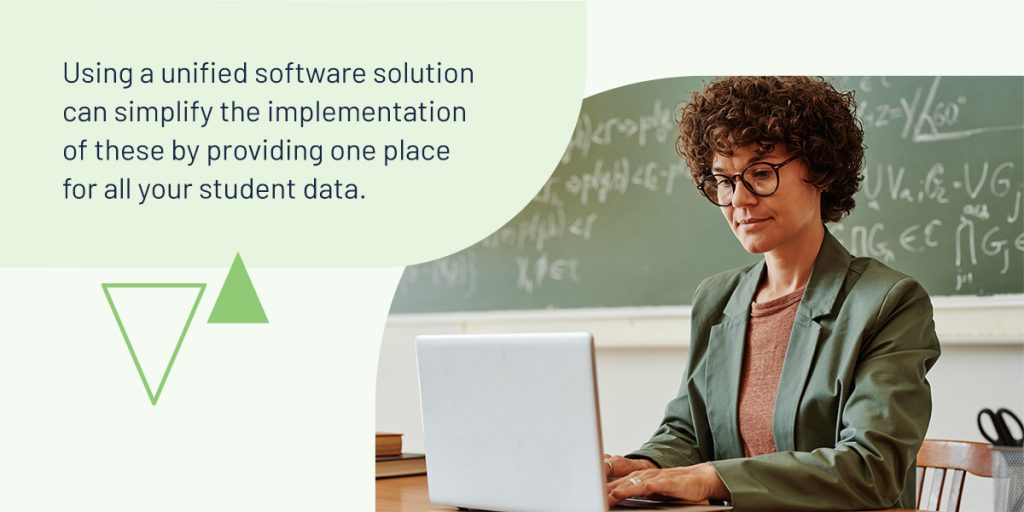
Using a unified software solution can simplify the implementation of these by providing one place for all your student data. Instead of having to search through multiple systems for information on students who might be at risk, you can easily identify these students.
4. Leverage data for improved student outcomes
Data-driven decision-making has the power to revolutionize higher education. However, to leverage that information, you need to invest in the right data collection and analytics tools.
Student success software solutions pull student data from integrated technologies across your institution — such as your learning management system (LMS) and degree mapping tools — into one centralized location for efficient analysis. Seamless integrations enable programs to communicate with each other and share data, so the information you see is reliable and up to date.
If your institution uses the faculty or distributed advising model, you can also use a faculty success solution to gather information on each faculty member’s typical workload. This insight can help you determine how best to allocate students among your staff.
5. Engage stakeholders to enhance advising processes
It’s challenging to make improvements to any program without engaging your institution’s key stakeholders, which typically include:
- Core stakeholders: Students, faculty, professional advising staff, and other administrators
- Internal indirect stakeholders: Department chairs such as the registrar, finance and human resources, institutional advancement, and admissions
- External indirect stakeholders: Alumni, parents or guardians, employers, and accrediting bodies
You must connect with stakeholder groups at every level to ensure your strategy meets everyone’s unique needs and expectations. Engaging stakeholders early is essential for making a strong connection.
6. Personalize communications with students
Personalized communication helps increase the chances students will see and respond to advisor messages. For example, advisors can lean on familiar technologies to better reach students in need.
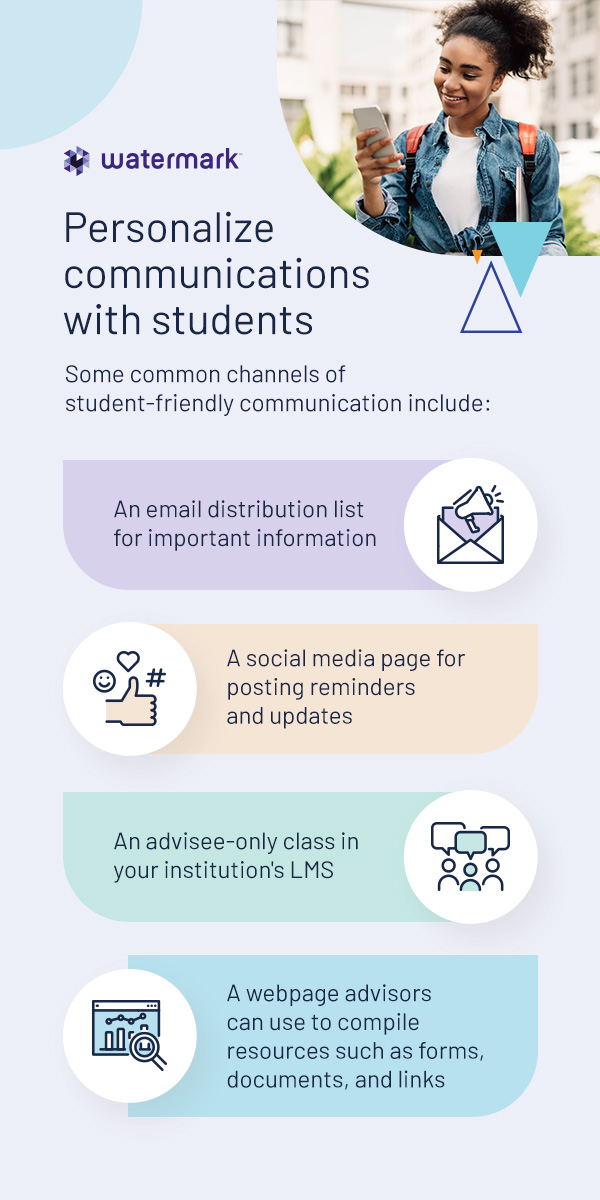
Some common channels of student-friendly communication include:
- An email distribution list for important information
- An social media page for posting reminders and updates
- An advisee-only class in your institution’s LMS
- A webpage advisors can use to compile resources such as forms, documents, and links
Advisors can also survey students to determine which method would be most effective each academic year.
7. Prioritize inclusiveness
A strong sense of belonging can dramatically increase a student’s chances of success in higher education. While advisors may not be from the same backgrounds as your students, being inclusive in advising is critical for ensuring all students can benefit from professional and academic guidance.
Software that streamlines data collection and analysis can help advising staff identify the most effective ways to build real engagement with students. For example, your analyses could reveal that older students who work full-time are most likely to fall behind in their studies. You can then develop resources and programs to support their learning while maintaining academic rigor.
8. Use predictive analytics for outreach
Conventional advising models are reactive, meaning that advisors wait to step in until students are actively struggling. Adopting a proactive approach is one of the most effective strategies for academic advising because it enables advisors to address issues before they can escalate and improve retention and graduation rates.
Predictive analytics tools powered by artificial intelligence (AI) give advisors the visibility they need to see which students need help and when. For example, a predictive analytics solution for higher education can:
- Identify concerning trends and patterns in student behaviors.
- Automatically notify advisors as soon as students begin struggling.
- Provide real-time insights into student performance so advisors can adjust plans as needed.
These features can help your advisors stay aware of where each student is in their journey so they can reach out and set up an appointment.
9. Set clear expectations
Many students, especially first years, struggle when they’re unsure what expectations they must meet to progress. For example, the self-directed nature of higher education can be especially challenging for recent high school graduates because they’re accustomed to following a pre-set schedule.
During the first advising appointment, or even before, advisors should establish exactly what students need to do.
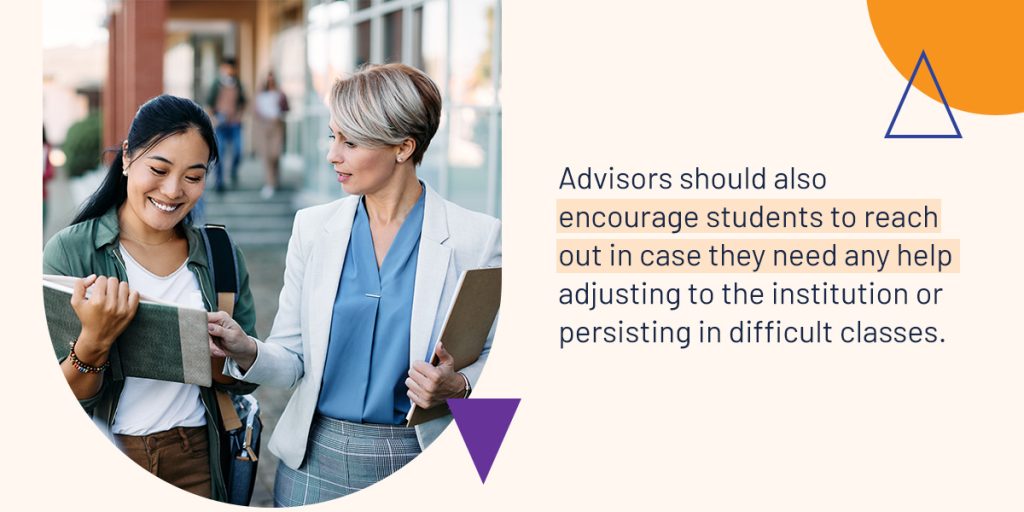
Advisors should also encourage students to reach out in case they need any help adjusting to the institution or persisting in difficult classes. Even if the advisor can’t help the student themselves, they can still refer the student to the department or professional staff member who can.
10. Look beyond degree completion
Recent data reveals that transitioning from higher education to the job market can be tough for new grads. According to a 2024 report, 52 percent of recent four-year graduates struggle to find a job that matches their qualifications. Approximately 45 percent of those graduates are still underemployed 10 years after completing their degrees.
Maintaining a strong connection with graduates can help your institution improve advising outcomes well beyond degree completion. For example, advisors can follow up with former students and give them access to guidance and resources that may have been hidden otherwise.
Advisors can create useful follow-up programs by:
- Compiling a list of employers that frequently hire new graduates.
- Maintaining an updated database of alumni contact information.
- Communicating with students about their plans for further education.
- Providing information on institutional resources and assistance for alumni.
Staying in touch with future students can also help you solicit feedback on the evolving labor market, so you can enhance the effectiveness of your degree programs.
11. Develop clear student roadmaps
In a recent study from Inside Higher Ed, only 55 percent of students at two- and four-year institutions reported receiving guidance on required courses and course sequences needed for graduation from their academic advisors. While unintentional, that lack of guidance can leave many students feeling lost or confused about what they must do to achieve their goals.
Student roadmaps provide students with clear instructions for completing their degrees. They should contain essential information such as:
- Course sequence: Outline the order in which students should take classes to ensure a strong understanding of the material at every level.
- Prerequisites and milestones: Provide information on course prerequisites, credit thresholds, and other program-specific requirements to help students optimize academic planning.
- Elective recommendations: Highlight specific electives that complement the student’s degree program, satisfy minor requirements, or explore other areas of interest.
- Deadlines and policies: Ensure students are aware of your institution’s policies, such as deadlines to register for courses, advice on adding or dropping classes, and declaring a major or minor.
While roadmaps will vary between degree programs based on the specific requirements of each major, there is a level of standardization that advisors can lean on to ensure consistency.
That said, it’s still critical to remember that each student’s academic journey is different. While a standardized roadmap can help most students at a basic level, advisors should be able to adapt that roadmap to each student’s individual goals and needs.
For example, a student who wants to earn a double major needs an individualized roadmap that can combine both programs without requiring additional semesters or becoming overwhelming.
Boost student outcomes with Watermark Student Success & Engagement
Investing in your advising program is essential for ensuring your students have the best possible chance at finding success.
Our Student Success & Engagement solution provides the centralized database your institution needs to monitor student performance and intervene at the optimal time. Plus, advanced reporting features enable stakeholders to visualize key data points.
If you’re looking to boost retention and strengthen your advising program, Watermark can help. Request your free demo of Student Success & Engagement today to get started.
